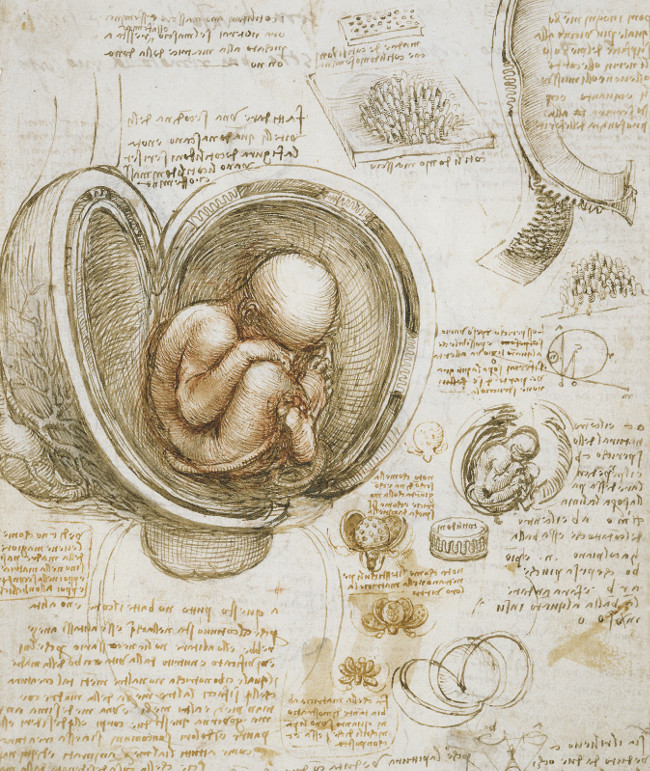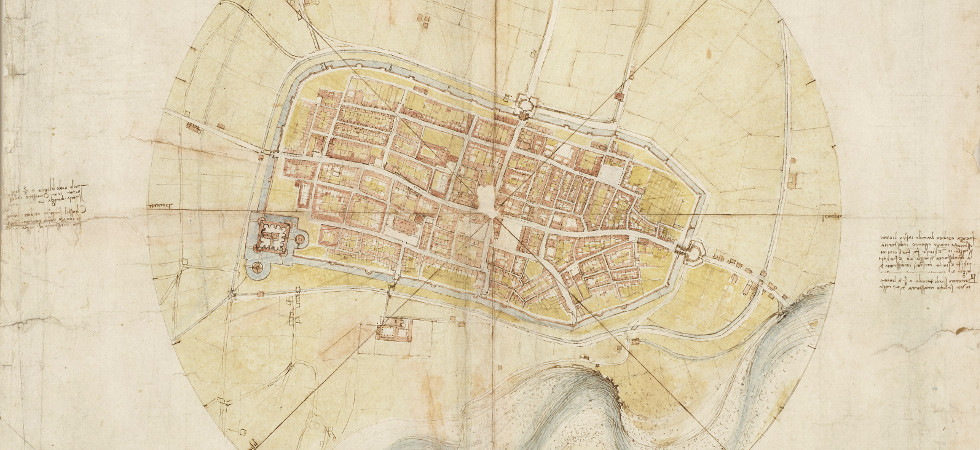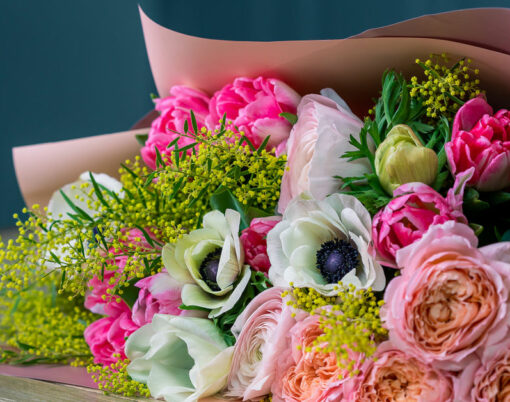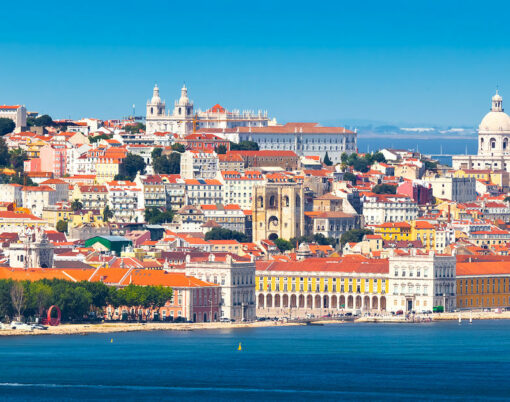A new exhibition at The Queen’s Gallery, Leonardo da Vinci: A Life in Drawing, marks 500 years since the Renaissance Master’s death. Featuring more than 200 original works from The Royal Collection, this is the largest exhibition of Leonardo’s work in over 65 years and follows 12 simultaneous exhibitions earlier this year at museums and galleries across the UK, which attracted more than one million visitors.
This is an exhibition you will want to return to, as it’s nearly impossible to take in all the magnificence of these works in one visit. Revered in his day as a painter, Leonardo completed around 20 paintings. A respected sculptor and architect, no sculptures or buildings by him survive. Many planned projects, including a treatise on anatomy, involving the dissection of 30 human corpses, and a plot with Machiavelli to divert the river Arno, remained unrealised.
Many of his achievements, therefore, survive only in his numerous drawings and manuscripts. Few of the drawings were intended for public gaze but instead served as a laboratory, notebook and creative exploration as he worked out his ideas on paper, often in minute detail. The drawings offer an insight into the mind of a brilliant creative intellect. It is poignant that the wide breadth of his accomplishments was unknown to his contemporaries, or indeed those who followed immediately after his death on 2nd May 1519.

The exhibition is curated both chronologically and thematically. Anatomical studies include The fetus in the womb (c. 1511), a poignant portrayal. In an age when we take digital imagery for granted, and nobody thinks twice about sharing a rather blurry scan of a baby in uterus on social media, Leonardo’s painstaking, detailed study is exquisite. You can almost hear the fetus softly breathing and feel his heartbeat. A photograph of the drawing does not come anywhere near the experience of the original drawing, and its meticulous strokes of the pen.
Leonardo’s accompanying text is handwritten in tiny, complex and extremely neat columns throughout his work, and in itself provides an insight into the man. Leonardo was left-handed and wrote backwards to avoid smudging the ink. The effort and commitment is incredible and must have been painstaking work with a quill and ink. As an aside, I was reminded of the fairy tale illustrations of artist Arthur Rackham which display a similar, deliciously sensual, intensity of penmanship.

Scientific studies have recently been made of Leonardo’s drawings and reveal underlying images that have faded with time. On The cardiovascular system and principal organs of a woman (c. 1509-10) Leonardo’s thumbprint can be seen using imaging technology. It is ‘as if we are looking over his shoulder as he works,’ says Martin Clayton, Head of Prints and Drawings, The Royal Collection.
Leonardo da Vinci: A Life in Drawing explores the artist’s full range of interests including painting, sculpture, architecture, anatomy, engineering, cartography, geology and botany.
At The Queen’s Gallery, the natural world is explored through detailed landscapes, studies of water and botanical subjects. There are preparatory studies for well known paintings including The Madonna and Child with St Anne and a lamb (c. 1508-19) and the only six surviving preparatory drawings for the celebrated Last Supper (1495 – 8), one of which is the sole compositional study that exists for the painting, which has now deteriorated considerably.

The exhibition also includes a number of works by contemporaries including the only two drawings of the Master himself, made during his lifetime. One by his pupil Francesco Melzi, is the well-known A portrait of Leonardo c.1515-18.
Remarkably, the 200 drawings in the exhibition are part of a group of over 550 sheets from Leonardo’s own collection bound into one album around 1590. They have remained together for the past 500 years and entered The Royal Collection during the reign of Charles II. Because of the potential damage from exposure to light, these very delicate works can never be shown on permanent display.
On my way from Pisa to Florence a few years ago, I visited the Museo Leonardiano Vinci in the town of Vinci. It is a relatively small museum with many artefacts and papers. The breadth and complexity of Leonardo’s mind, and the magnitude of skill, has remained with me to this day. This exhibition will have a similar resonance.
Leonardo da Vinci: A Life in Drawing is curated by Martin Clayton, Head of Prints and Drawings, The Royal Collection. The exhibition runs until 13 October 2019 at The Queen’s Gallery, Buckingham Palace. In November, a selection of 80 works will travel to The Queen’s Gallery, Holyroodhouse, Edinburgh to form the largest exhibition of Leonardo’s works ever show in Scotland (22 November to 15 March 2020).
For further details, visit rct.uk






















